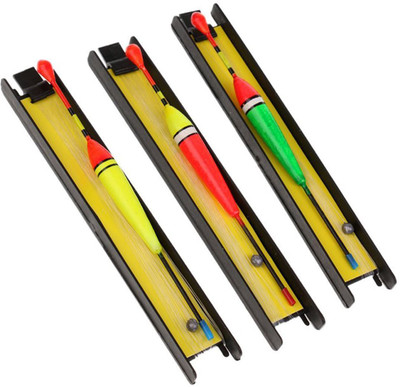
Share
SPYROKING Circle Fishing Hook
4.3
58 Ratings & 2 ReviewsSpecial price
₹483
₹999
51% off
Coupons for you
T&C
Available offers
T&C
T&C
T&C
T&C
Warranty
Easy Replacement
Delivery
Check
Enter pincode
Delivery by3 May, Saturday|Free₹40
?
if ordered before 8:59 AM
View Details
Highlights
- Best Fishing Hook
- Fishing Kata
- All Set Fishing Hook
- Hook Fishing
Services
- Easy Replacement
- Cash on Delivery available?
Seller
Description
Fishing hooks are indispensable tools used in angling to catch fish. They consist of a pointed end, known as the hook point, which is attached to a shaft with a curved or straight configuration. At the opposite end of the shaft is the eyelet, a small loop where fishing line or leader is attached.
Hooks come in various sizes, styles, and configurations to suit different fishing techniques, target species, and environmental conditions. The point of the hook may be straight, curved, or offset, each with its advantages for hooking and holding fish. Additionally, hooks may feature a barb—a small projection near the point—that prevents the fish from easily escaping once hooked.
Materials used in manufacturing fishing hooks typically include high-carbon steel, stainless steel, or specialized alloys to ensure durability and corrosion resistance, even in saltwater environments. Some hooks may also be coated with finishes like nickel, tin, or polymers to enhance performance and longevity.
Fishing hooks play a crucial role in presenting bait or lures to fish and securing them during the fight. Proper selection of hook size, style, and configuration is essential for successful fishing, as it directly impacts hooking efficiency and fish retention.
Overall, fishing hooks are essential components of any angler's tackle box, providing the vital link between angler and fish. Understanding the different types and features of fishing hooks allows anglers to select the right hooks for their specific fishing needs and maximize their chances of a successful catch.
Read More
Specifications
In The Box
| Sales Package |
|
| Number of Hooks |
|
General
| Brand |
|
| Model Number |
|
| Type |
|
| Edge Type |
|
| Material |
|
| Color |
|
| Feather Included |
|
| Net Quantity |
|
Additional Features
| Other Features |
|
Warranty
| Warranty Summary |
|
| Service Type |
|
| Covered in Warranty |
|
| Not Covered in Warranty |
|
Have doubts regarding this product?
Safe and Secure Payments.Easy returns.100% Authentic products.
Back to top












